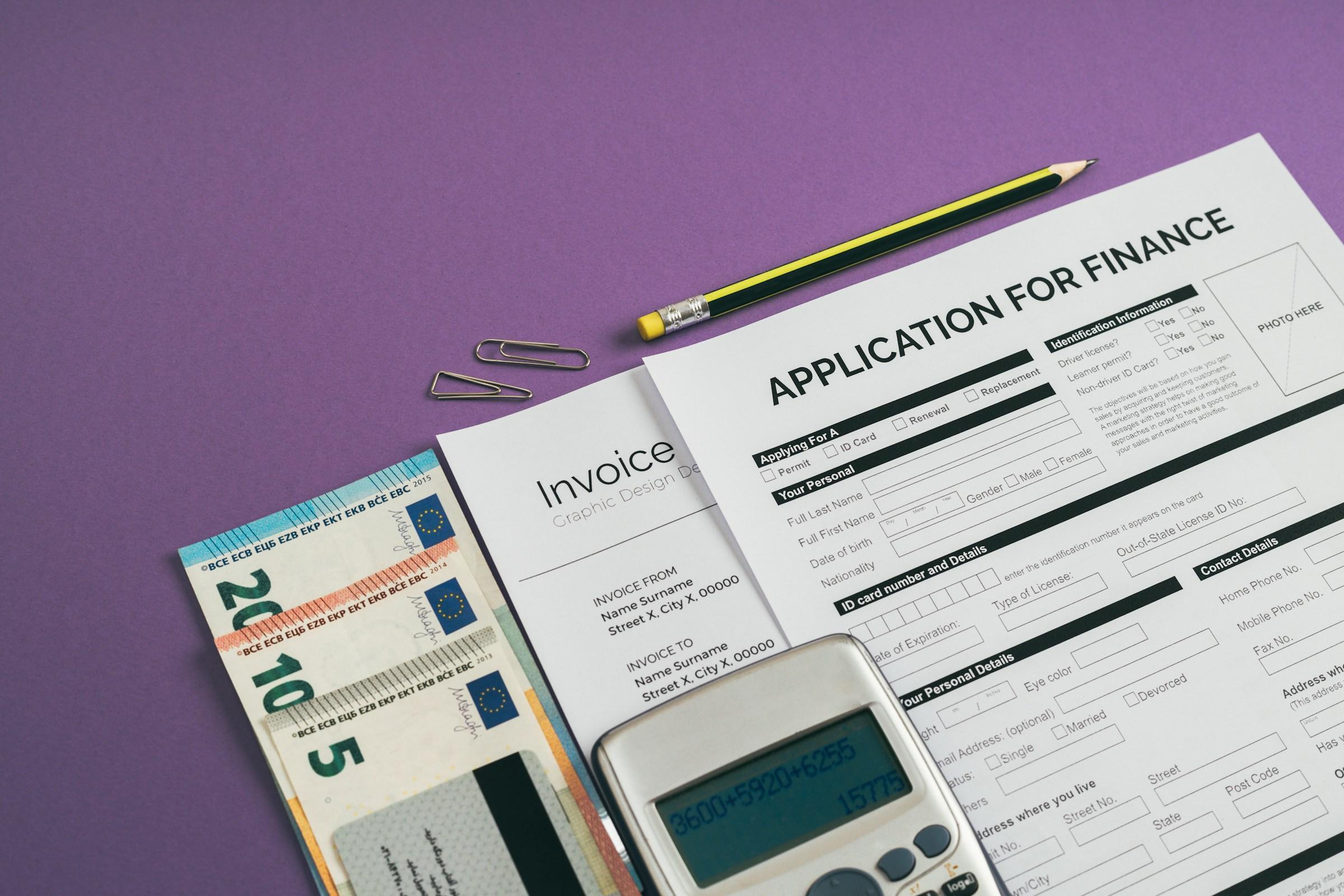When people ask what happens to their debts when they die, the fear behind the question often sounds louder than the facts. It is easy to imagine bills chasing a grieving spouse, or calls and letters piling up at a child’s door. The law does not work that way. Debts do not float in the air and attach themselves to the nearest relative. They sit where they began, with the person who owed them, and they pass into a legal process that is designed to be orderly. The estate becomes the hub of this process. It gathers what the person owned, tallies what the person owed, pays what must be paid according to clear rules, and only then releases what remains to the people named in the will or to heirs under local succession laws. Once you understand that framework, the fear gives way to a more practical set of questions, and those questions have sensible answers.
Think of an estate as a temporary business that opens on the date of death. There is an executor or administrator who serves as its manager, and there are two main categories on the balance sheet, assets and liabilities. The manager’s job is to secure the assets, value them, identify and verify the liabilities, file the necessary tax returns, and pay creditors in a sequence set by statute. Administrative costs of the estate come first. Taxes and secured debts usually sit near the top. Unsecured obligations come after that. If there is money left once this sequence has been followed, beneficiaries receive their gifts or heirs receive their shares. If there is not enough, the estate is insolvent, and the unpaid portion of many unsecured debts simply remains unpaid. This may sound harsh, but it is a form of protection. The estate is the payer of last resort, not an individual family member who never agreed to the debt.
The question that haunts many spouses is whether they will be forced to keep every monthly payment going. The answer is no unless they are already legally linked to the obligation. A co borrower who signed the loan remains liable because they made a promise in the same contract. A guarantor remains liable because they offered a separate promise to step in if the borrower could not pay. An authorized user on a credit card is different. An authorized user can spend on the account, but is not a party to the agreement and is generally not liable for the balance. The details matter here. Pull the original document and look for signatures. The law tends to follow the paper.
Secured debts carry their own logic. A mortgage is tied to a home. A car loan is tied to a vehicle. The lender has an interest in that asset and can enforce it. The estate pays the mortgage if it can. If it cannot, the lender can sell the property and collect what is owed from the sale proceeds. Family members sometimes want to keep the property, which is often a home that holds memories. To do that, they either refinance in their own names or continue the payments if the lender allows it. In some cases there is mortgage protection or credit life coverage that clears the balance on death. It is worth checking loan files now, when everyone is calm, so there are no surprises later.
Unsecured consumer debts sit in the next bucket. This is where you find credit cards, personal loans, and unpaid household bills. The executor verifies each claim and pays what the estate can afford based on the legal order. If the estate runs out of money, payment stops. Creditors know this and will often ask for information early in the process. The executor should be careful to respond with factual confirmation and to keep everything in writing. Family members should avoid making voluntary payments from their own accounts before they receive legal advice, because a well intentioned transfer can be hard to unwind.
Taxes deserve a separate mention because they operate on their own timetable and with their own enforcement tools. The executor will usually file a final income tax return for the deceased and may need to file additional returns for the estate itself if it earns income during administration. In some places there are estate or inheritance taxes that apply when values exceed certain thresholds. These taxes normally get paid before distributions to beneficiaries. If the estate holds mainly illiquid assets, such as property or a business interest, it may need to sell something or take a short term loan so that tax obligations are met without forcing a fire sale. Planning for liquidity is one of the quiet kindnesses you can give to the person who will serve as executor.
Business debts sit on a spectrum from simple to complex, and the difference usually comes down to structure. A sole proprietorship is not separate from the owner. If a person dies with sole proprietor debts, those liabilities are often treated as personal and the estate must address them. A company with limited liability is different. The company is the borrower, not the individual, and the company remains liable for its own debts. That shield can fall away if the owner signed a personal guarantee. Many bank facilities, commercial leases, and supplier agreements require them. If business ownership is part of your life, keep a file of any guarantees you have signed. It gives the executor clarity when they need it most.
Education loans are a frequent source of confusion. Government backed student loans in many jurisdictions are discharged on death. Private loans are not always treated the same way, and co signers can remain on the hook. Families should gather the loan documents and look for the death discharge clause. If the terms are missing or unclear, the executor can send a certified copy of the death certificate to the lender and ask for a clear statement of rights and obligations. If there is any linked payment protection insurance, the claim should be filed promptly.
Ownership structure affects how assets move and what creditors can reach. Joint accounts often pass to the surviving account holder outside the estate. Property held as joint tenants with rights of survivorship may do the same. That does not mean a creditor can never claim on those assets. In some jurisdictions, a creditor of the deceased can seek a contribution that reflects the deceased person’s share or contribution to the jointly held property. The rules are technical and fact specific. It is one reason to be deliberate about why you choose joint ownership. Convenience is not the only factor. Title decisions influence how assets pass and what risks remain.
Some assets are designed to bypass the estate altogether. Life insurance proceeds usually pay directly to the named beneficiary. Many retirement accounts and pensions with a beneficiary designation pay in the same way. Because they skip probate, they can provide cash quickly, which helps the executor settle immediate expenses without selling assets at a bad time. It is smart to review beneficiary forms every few years and after major life changes such as marriage, divorce, or the birth of a child. A will typically does not override a beneficiary form on a life policy or retirement plan. The form governs, which is why keeping it current matters more than people think.
There are also assets that the law protects for policy reasons. In some systems, certain social savings balances or specific pension components are shielded from ordinary creditors. The point here is not to rely on a rumor about protection. It is to ask a simple mapping question and write down the answers. Which assets pass by contract. Which assets pass under the will. Which assets are protected by statute or special rules. That map is worth a weekend of paperwork because it turns a scary unknown into a clear plan.
Once the framework is clear, the next steps become practical. Start with a single inventory that lists accounts, policy numbers, and the location of original documents. The inventory should include your digital life because many financial statements and notices arrive only by email. If no one can access the email, the executor will waste months in password loops and locked portals. Create one folder for debts and one for protection. In the debt folder, keep loan agreements, a list of credit card issuers and limits, and any payment protection terms. In the protection folder, keep life insurance, mortgage insurance, disability coverage, and confirmations of beneficiary designations. Label both folders plainly and tell one trusted person where they are.
If you have dependents or significant obligations, perform a simple liquidity test. Add the debts that would still need to be paid by your estate. Add a year of living costs for the dependents who rely on your income. Compare that total to the cash or near cash that would be available quickly on death. Include life insurance and any assets that bypass the estate by beneficiary designation. If there is a gap, increase coverage or build liquid reserves. This is not a contest to buy the most insurance. It is a check to match likely obligations to reliable sources of cash so your executor is not cornered into selling assets under pressure.
A valid will turns all of this from guesswork into an executable plan. A good will is clear, signed properly, and stored where it will be found. Name an executor who is calm, organized, and willing to ask for professional help when needed. Estate lawyers and tax preparers do this work all the time and can keep the process compliant. If you hold cross border assets, consider separate but coordinated wills for each jurisdiction. Courts typically handle property within their borders, and coordination prevents conflicts.
All of this can remain private, but some communication is a financial tool in its own right. A spouse who knows which bills are on autopay and which policies exist can act with confidence. Adult children who know the name of the lawyer and the location of the will can make calls in the right order. If you prefer not to share numbers, share structure. A sentence like this is enough. Here is the file. Here is the insurance. Here is who to call first.
Even when an estate is likely to be insolvent, planning has value. Insolvency is not a moral failing. It is a description of a balance sheet that does not add up. The executor still files the will, still notifies creditors, and still follows the legal sequence. The outcome may be modest, but the process protects everyone from confusion and unsafe promises. Loved ones should be cautious about paying creditors from their own funds. It is better to wait for legal advice and written confirmation than to rush into a payment that was never required.
In the end, the answer to what happens to your debts when you die is less dramatic than most people fear and more structured than most people realize. The estate absorbs the obligations, the law sets the order, and the executor applies the rules. Co borrowers and guarantors remain accountable because they made a commitment. Authorized users usually do not. Secured debts follow the collateral, unsecured debts are paid if the estate can afford them, and many obligations stop at the edge of the estate when the numbers run out. Insurance and beneficiary driven assets can deliver timely liquidity that makes the whole process less stressful. A clear will, current beneficiary forms, organized folders, and a simple liquidity plan turn a difficult moment into a sequence of steps that a capable person can manage.
If this topic is on your mind because you care about the people you would leave behind, know that the strongest plan does not require a perfect prediction of the future. It asks for clear documents, sensible coverage, and one trusted person who knows where the map is kept. That kind of preparation does not remove grief, but it does remove panic. It trades fear for order. It gives your family the right words to use with banks and the confidence to ignore calls that are not theirs to answer. In a quiet way, it is one of the most practical gifts you can leave.










-1.jpg&w=3840&q=75)



.jpg&w=3840&q=75)